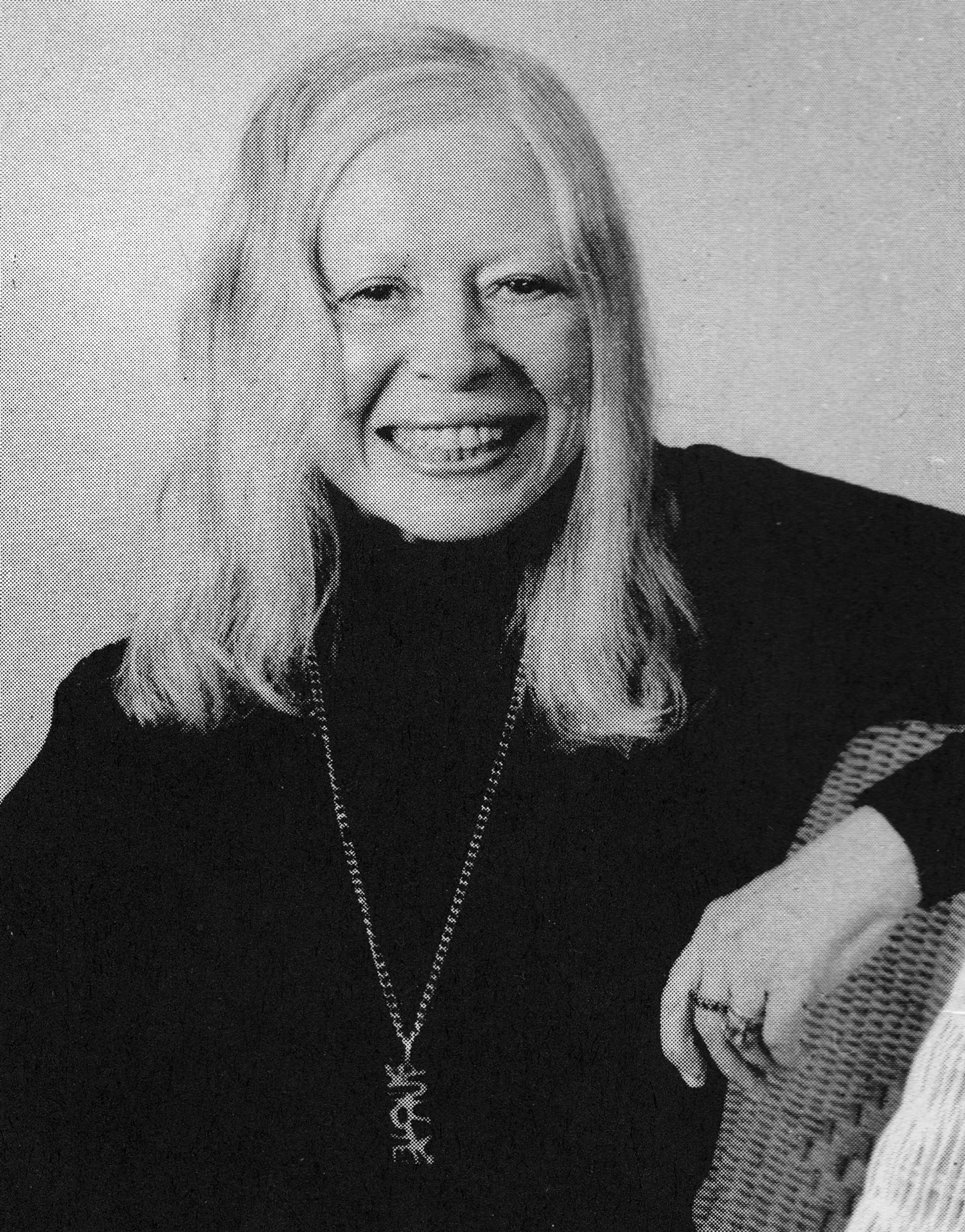- Ruth Jespersen — Ruth Jespersen Reading From The Blink Of An Eye


Description
These recordings of Ruth Jespersen reading sections from her novel The Blink of an Eye, were recorded on 24 July, 1983, seven years before the book was published by Joe M. Singer's Mother of Ashes Press. The details of how the recordings came about are unknown. Jespersen wrote the majority of Blink from her apartment on W. 95 St. in Harlem, and it's probable that she recorded these there as well. She had much difficulty finding a publisher for the manuscript. Singer began production under the impression that he had been hired by Jespersen as a printer, and that she was planning on bringing the book out under her own imprint, Biblia Candida. However, he agreed to publish the book under the condition that Jespersen pay for the materials herself. It took Singer three years to complete the job. Stephen Baily, Jespersen's longtime friend, writes:
"[Singer] lived way the hell out in the boonies in Idaho. I don't know how Ruth found him, but he had an old Multilith in his living room and an early phototypesetting machine called a Compuwriter Junior that didn't even have a video terminal. You could see and correct only 32 characters at a time on an LED display as you typed, and that was it. Anyway with this primitive equipment he undertook the formidable task of typesetting and printing Blink."
A thousand copies of the book were produced and then sent to a warehouse facility in Florida, where most remained unsold and have long since disappeared. Sadly, both Singer and Jespersen took their own lives, in 1993 and 1997, respectively.
The Blink of an Eye is a dense, poetic novel in structure and intensity—in some ways reminiscent of the writing of Djuna Barnes and Anna Kavan. It is also largely autobiographical, with Hephzibah, the novel's protagonist, modeled on Jespersen. Hephzibah is haunted by a toxic childhood that has mutated into a perpetual adolescence. She is beyond wise, yet never taken seriously, and almost always under the sway of patriarchal condescension and control, embodied by her lover Piotr and her priest Porfiry. Piotr and Porfiry read like versions of each other, connected by a self-assured ignorance which also echoes Hephzibah's abusive father. Each sentence of The Blink of an Eye is inflated with autonomy, yet the central trauma, that of Hephzibah's youth, always remains clearly in focus. Jespersen operates by means of suggestion, flicking in and out of condition and ambiguity—always incomplete. Perhaps Hephizibah describes her situation best when she says:
"A real artificial flower is quite as real as a real real flower. Everything is artificial too, coming as it does from the mind of the artificer, maker of metaphors in the form of that which language describes."
These recordings offer a rare glimpse of a writer at present almost entirely unknown. They are published with the gracious permission of Jespersen's estate.